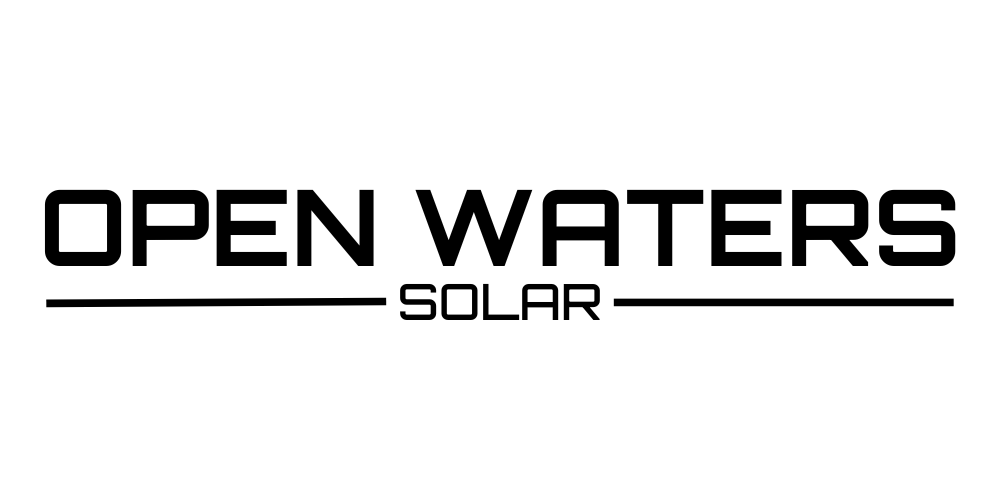How to design your boat's solar system
So you’ve mapped out where your solar panels are going. Great. But now comes the part that trips up a lot of DIYers:
How do you actually wire everything together?
Spoiler: it’s not just “plug panel into battery.” There are steps, safety components, and some critical decisions about how panels get connected — especially if they’re in different locations or getting different amounts of sunlight.
This post will help you avoid common mistakes and understand the logic behind designing your onboard solar system layout.
Step 1: It All Starts with a Plan
Ask yourself:
-
What panels are going where?
-
Which ones will get the same sunlight, and which ones won’t?
-
What’s your system voltage? 12V, 24V, 48V?
This determines how you’ll wire your panels — and how many MPPT charge controllers you’ll need.
Step 2: Series vs. Parallel (And Why It Matters)
Quick refresher:
-
Series wiring stacks voltage. It’s like linking batteries end-to-end.
-
Parallel wiring stacks current. It’s like linking them side-by-side.
We recommend wiring in series when you can — especially if your panels are all facing the same direction, getting the same sun, and are made with durability in mind. Series setups are more efficient, minimize cable thickness, and play nicer with modern MPPT controllers.
Here is some information on that.
But here's the catch:
Solar panels in series are only as strong as their weakest panel. If one panel gets shaded or underperforms, it can drag the whole array down. In parallel setups the over-performing panel backfeeds into the underperforming panel, so thats not good either.
That’s why…
Step 3: Group Panels by Light Exposure
If your boat allows you to group three panels on the port side that all face the sun at the same angle and time of day — perfect. Wire them in series, and run them through one MPPT controller.
But if your starboard panels get morning light and your dodger panel gets blocked every time you raise a sail — don’t link them in series with your main array.
Instead:
-
Give them their own MPPT
-
Keep underperforming or shaded panels isolated from better-lit panels
-
Treat each lighting condition like its own mini solar “zone”
This avoids performance throttling and gets you more energy overall.
Step 4: Fuse, Break, Protect
Before anything hits your MPPT, you’ll want:
-
Appropriate fuses or breakers to protect your wiring and hardware
-
An MPPT charge controller matched to your system voltage and solar input
-
Proper cabling rated for your amperage and run length
-
Optional: shutoff switches, monitoring gear, and terminal blocks for tidy wiring
Reminder: electricity is not optional safety-wise. If you’re unsure how to size wire gauges, fuse ratings, or controller specs, talk to a pro. We can recommend one near you.
Step 5: Match Your System Voltage
-
If your boat runs on 12V, your solar array needs to drop to 12V (usually via MPPT)
-
If you’re on 24V or 48V, you’ll want to wire panels in series to get higher voltages that "match" (exceed with a buffer) your battery voltage
Just remember:
-
Higher voltage = lower current (thinner wires, less loss)
-
But higher voltage systems need stricter safety practices
Final Thoughts
Solar isn’t just about placing panels. It’s about creating a system that plays well together:
Same light → same MPPT.
Different light → different MPPTs.
Safety first. Planning always.
If you’re still unsure, reach out. We’ve got professional installers and partners across the globe who can help turn your plan into reality.
If you're thinking that you'll never escape shading or so many MPPTs it's unfeasible, that's why we created floating solar.
